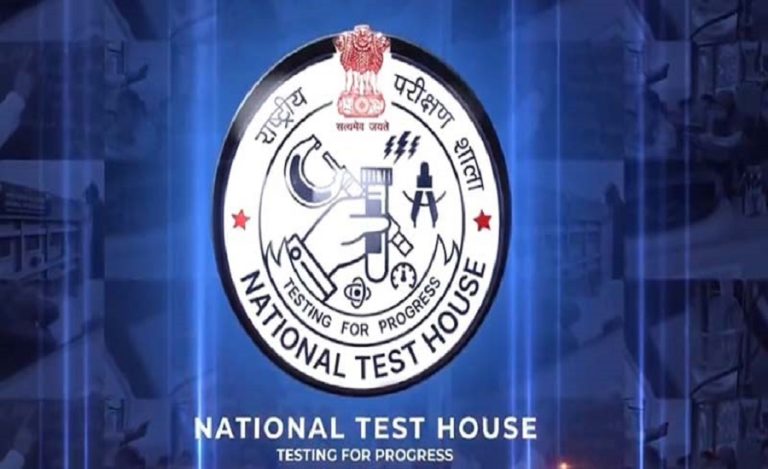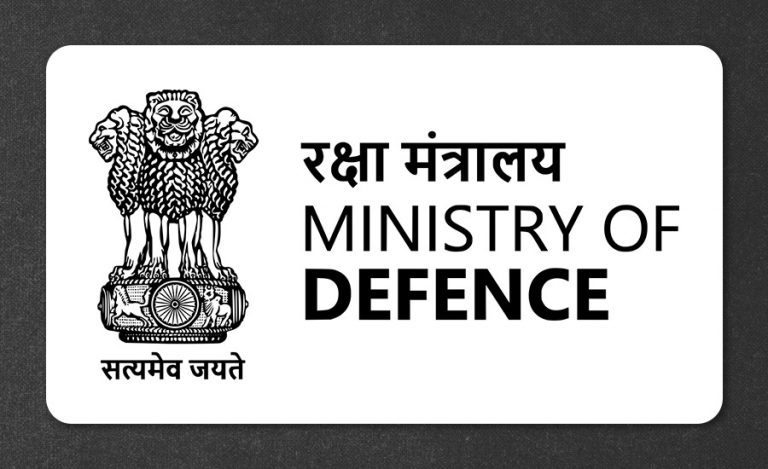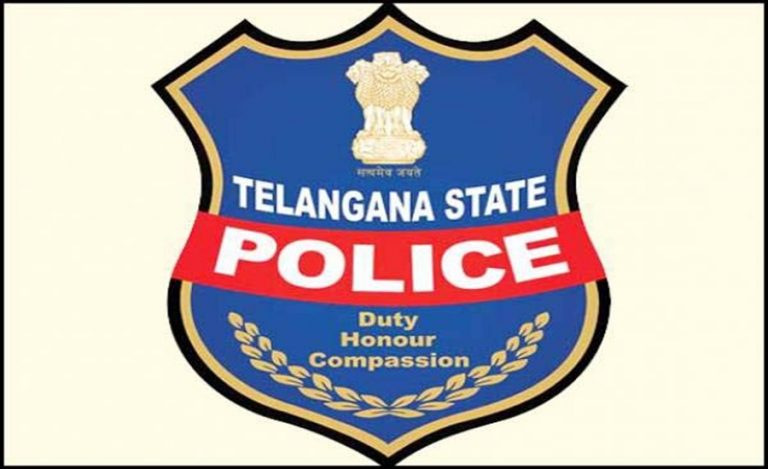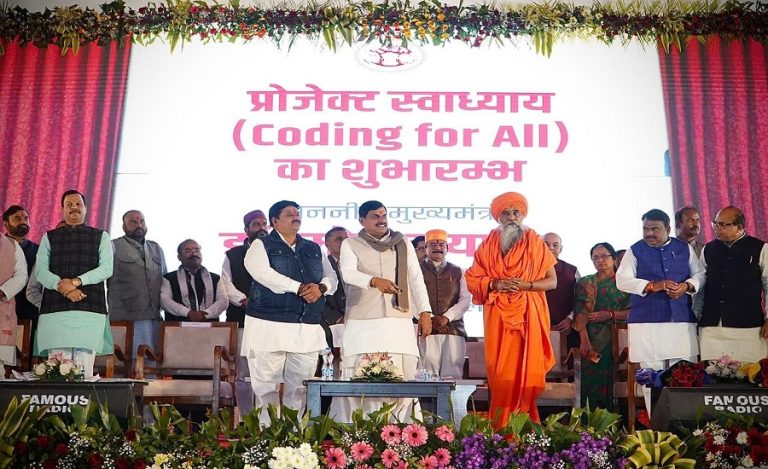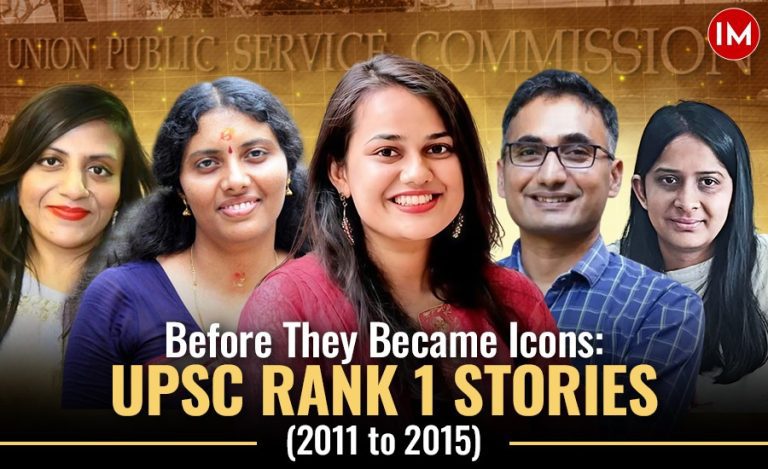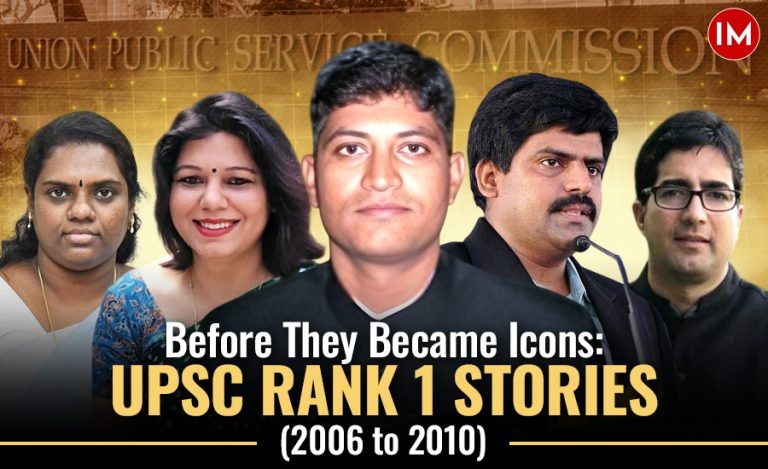New Delhi: In a notable example of talent optimization and inter-agency collaboration, the Employees’ State Insurance Corporation (ESIC) has recruited 451 candidates for the post of Insurance Medical Officer (IMO) Grade II through the UPSC PRATIBHA SETU platform. This recruitment marks a significant milestone in the government’s initiative to harness qualified human resources who narrowly missed final selection in UPSC-conducted examinations.
Sourced from CMSE 2022 and 2023 Disclosure Lists
The selected candidates were drawn from the disclosure lists of the Combined Medical Services Examination (CMSE) 2022 and 2023. These lists comprise candidates who cleared all stages of the competitive examination conducted by the Union Public Service Commission (UPSC) but were not included in the final merit list.
Importantly, these individuals had voluntarily opted to share their candidature data with other recruiting organizations under the PRATIBHA SETU initiative, which bridges the gap between potential employers and high-caliber UPSC examinees.
What is PRATIBHA SETU?
PRATIBHA SETU is an innovative recruitment facilitation platform launched by UPSC to connect non-recommended yet qualified candidates with government agencies and public sector entities. This initiative ensures that capable aspirants who pass the rigorous UPSC exam process, but miss final recommendation due to limited vacancies, get alternate pathways to public service careers.
This mechanism has proven to be a win-win for both recruiters and aspirants — enhancing recruitment efficiency while making optimal use of trained talent.
Significance for ESIC and Public Health Sector
By tapping into the PRATIBHA SETU database, ESIC has not only fast-tracked its recruitment process but also ensured that candidates with a tested and proven aptitude for medical services are onboarded for key public health roles. The recruitment of 451 IMOs is expected to significantly boost ESIC’s capacity in delivering quality healthcare services across its nationwide network.
Government Push for Efficient Talent Utilization
The move aligns with the central government’s broader aim to create streamlined recruitment ecosystems, reduce redundancy in selection processes, and address the human resource shortfall in critical services like healthcare, administration, and public welfare.



